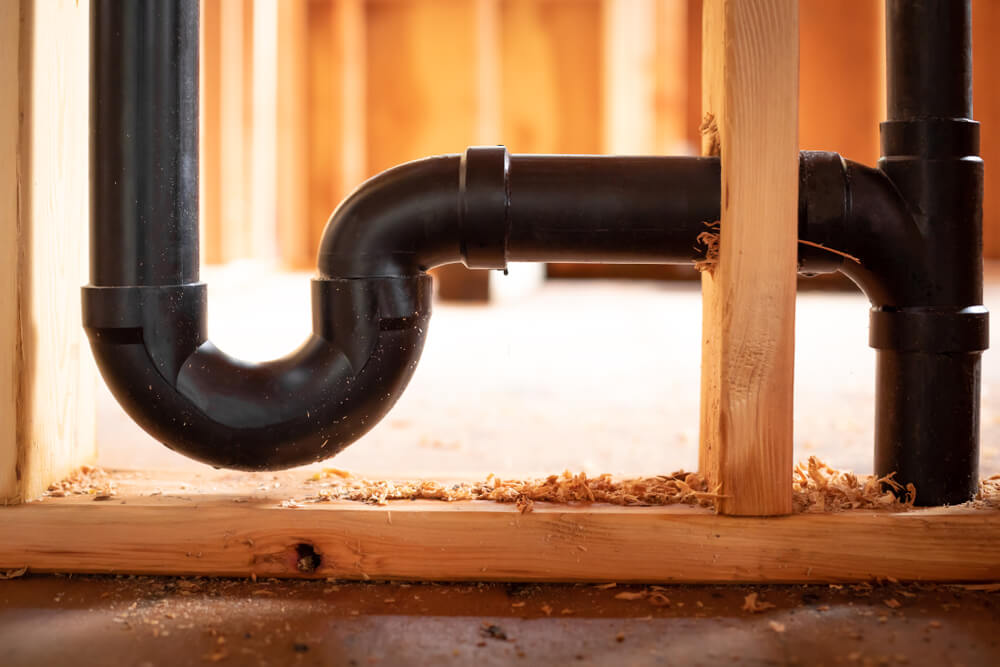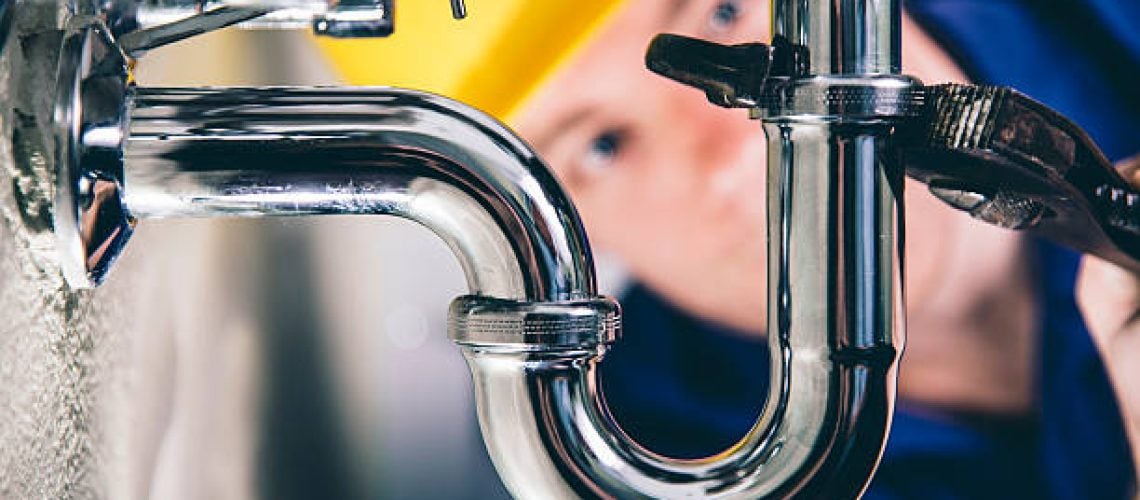Untangling the Fundamentals of Home Plumbing: A Beginner's Manual
Untangling the Fundamentals of Home Plumbing: A Beginner's Manual
Blog Article
In this article on the next paragraphs you can discover some outstanding help and advice relating to Plumbing basics: How your home plumbing works.

Plumbing is a vital element of any type of home, in charge of supplying clean water for drinking, food preparation, and bathing, as well as removing wastewater securely. Recognizing the essentials of home plumbing is important for every home owner to guarantee correct upkeep, troubleshooting, and, if needed, repair work. In this newbie's guide, we'll cover the essential principles of home plumbing to assist you come to be extra aware of exactly how it functions.
Water Heating Unit
The water heater is responsible for heating water for residential usage, including showering, food preparation, and cleansing. Common kinds of hot water heater consist of tank-type hot water heater, tankless (on-demand) hot water heater, and heat pump water heaters. The water heater is attached to the supply of water system and provides hot water to plumbing components as needed.
Drain System
The water drainage system gets rid of wastewater from your home and carries it away to a sewer therapy center or septic system. It contains a network of pipelines, fittings, and fixtures that transport wastewater from plumbing fixtures to the main sewer line or septic system. Correct water drainage is vital to prevent blockages, backups, and sewer leaks.
Air flow System
The air flow system aids keep correct atmospheric pressure and prevent sewer gases from entering your home. Air vent pipelines, additionally referred to as air vent stacks, extend from plumbing fixtures to the roof covering, permitting sewer gases to escape safely outside. Air flow pipelines also allow air to enter the water drainage system, promoting smooth wastewater flow and protecting against suction or vacuum cleaner results.
Water System
The water system brings tidy water into your home from a municipal water resource or an exclusive well. It consists of a major water line that links to your home's plumbing system, generally situated underground. A water meter measures the amount of water eaten, while a shut-off shutoff permits you to regulate the flow of water into your home.
Plumbing Components
Plumbing components are tools that deliver water to numerous parts of your home and consist of sinks, taps, toilets, showers, bath tubs, and appliances such as dish washers and cleaning devices. Each fixture is linked to the water system system through pipes and installations and might have its shut-off shutoff for upkeep or emergencies.
Typical Plumbing Tools
Having the right tools accessible is vital for executing basic plumbing repair services and upkeep jobs. Typical plumbing tools include flexible wrenches, monkey wrench, pliers, pipe cutters, hacksaws, bettors, augers (or drainpipe serpents), and Teflon tape. Having these devices easily available can aid you deal with small plumbing issues effectively.
Standard Plumbing Fixings
While some plumbing repair work may require professional support, several usual issues can be resolved with basic do it yourself strategies. Knowing how to deal with a leaking tap, unclog a drainpipe, change a toilet flapper, or fix a dripping showerhead can conserve you time and money on plumbing repairs.
Conclusion
Recognizing the basics of home plumbing is essential for every single property owner to keep a secure, functional, and effective plumbing system. By acquainting on your own with the supply of water system, plumbing fixtures, drainage system, air flow system, common plumbing devices, and basic repair services, you can confidently attend to minor plumbing concerns and ensure your home's plumbing system operates efficiently.
Plumbing for Beginners: A Comprehensive Guide
If you’re a beginner when it comes to plumbing, don’t worry; you’re not alone. Plumbing may seem intimidating, but with the right knowledge and a little practice, you can handle many common plumbing issues on your own. In this comprehensive guide, we will demystify the world of plumbing for beginners, providing you with the basic knowledge and skills needed to tackle common plumbing problems and even take on some DIY plumbing projects.
The Importance of Basic Plumbing Knowledge for Beginners:
First and foremost, basic plumbing knowledge gives you a solid foundation. It helps you grasp the key concepts and terminology that are essential in this field. By learning the basics, you’ll be able to build upon that knowledge and tackle more complex plumbing tasks in the future.
Having a basic understanding of plumbing also enables you to handle common issues that may arise in your home. Picture this: a leaky faucet or a clogged drain. With some basic plumbing knowledge, you’ll have the confidence to troubleshoot and fix these problems on your own. It saves you from unnecessary expenses and the hassle of waiting for a professional to arrive.
As a beginner, learning the basics of plumbing empowers you to take care of your own home. It gives you a sense of independence and self-reliance. You’ll no longer have to rely solely on professionals for every small issue that pops up. Instead, you can handle many tasks yourself, saving time and money in the process.
Remember, everyone starts as a beginner. Embrace the learning process and take small steps to expand your plumbing knowledge. There are plenty of online resources, tutorials, and even local workshops that talk about plumbing for beginners.
Essential Tools for Plumbing for Beginners
As you start your plumbing journey, having the right tools in your toolbox is crucial. Let’s explore some of the must-have tools:
Adjustable Wrench:
This versatile tool is a staple in any plumber’s toolbox. It allows you to tighten or loosen nuts and bolts of various sizes. Make sure to have an adjustable wrench with a comfortable grip.
Pipe Wrench:
A pipe wrench is specifically designed for gripping and turning pipes. It has serrated jaws that provide a strong grip, making it easier to loosen or tighten threaded pipes and fittings.
Plunger:
The plunger is a simple yet effective tool for clearing clogged drains and toilets. It creates suction when you push and pull, helping to dislodge blockages. Keep a good-quality plunger handy for those unexpected clogs.
Pipe Cutter:
When it comes to cutting pipes, a pipe cutter is your go-to tool. It creates clean, precise cuts without damaging the pipe. Look for a pipe cutter that can handle the pipe sizes you’re working with.
Hacksaw:
A hacksaw is useful for cutting through pipes, screws, and other materials. It’s a versatile tool that can handle different cutting tasks. Remember to use a blade suitable for cutting metal.
Tape Measure:
Accurate measurements are crucial in plumbing. A tape measure allows you to measure pipe lengths, distances, and dimensions accurately. Opt for a sturdy tape measure that extends a good length.
Pliers:
Pliers come in handy for various tasks, such as gripping, bending, and cutting. Slip-joint pliers with adjustable jaws are great for gripping pipes, nuts, and bolts.

I'm certainly very focused on Plumbing Basics Every Homeowner Should Know and I'm hoping you enjoyed reading my piece. So long as you enjoyed reading our blog post please be sure to share it. Thank you so much for going through it.
Request Service Report this page